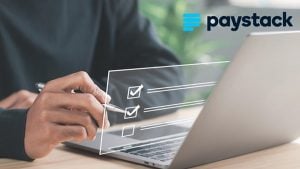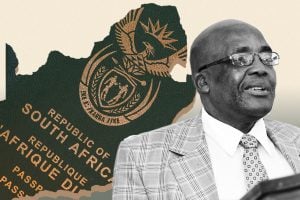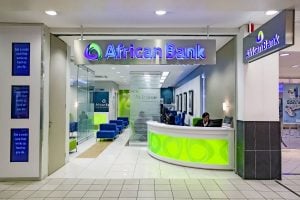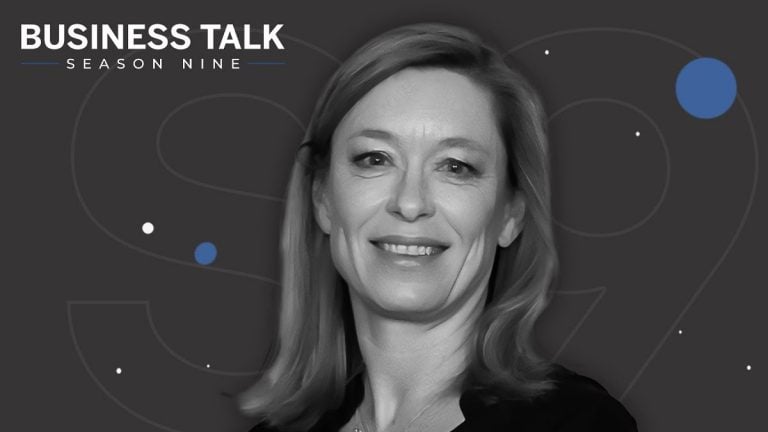Eskom’s big plan to bring more private energy online – how it will work

Electricity wheeling is essential for the use of renewable energy on Eskom’s grids, and the new virtual wheeling system will allow smaller companies to participate in the market.
According to Jason van der Poel and Hannah Milner from Webber Wentzel, wheeling delivers energy from a renewable energy generator to an end-user in another area via existing distribution networks.
Wheeling arrangements in South Africa have usually been between larger generators and buyers of electricity connected at medium and high voltages (higher than 1kV).
In this relationship, Eskom charges the generator and the buyer for the network use but credits the buyer’s bill for the electricity not supplied by Eskom.
Although this system works for large buyers, it needs to be adapted as it does not suit several low- to medium-voltage consumers, whilst municipalities also lack the necessary protocols or infrastructure to accommodate for wheeling done over both Eskom and municipal distribution networks.
Virtual wheeling
The new virtual wheeling platform, announced by Eskom in July, will connect buyers with multiple offtake sites to generators via Eskom and municipal grids.
This will require an automated process to collect and report on time-of-use data for energy generated and consumed, allowing buyers to be refunded for the wheeled power delivered to its offtake sites.
The experts explained three critical differences between the traditional wheeling mechanism and the virtual wheeling that Eskom introduced:
Billing changes
Instead of processing a credit to an account for each offtake site of a buyer for the electricity sold by a private generator, a buyer must settle its Eskom bill in full and at the end of the month, a single refund will be processed to one account of the buyer.
A consolidation exercise will be undertaken through Eskom’s virtual wheeling platform to measure the energy produced by generators and used by buyers.
The platform will enable Eskom to aggregate time-of-use energy generation and consumption data across multiple distributed off-taker sites for the purpose of calculating the monthly refund payable to the buyer.
In summary, it will facilitate access to wheeling for low to medium-energy buyers and off-takers with a distributed consumption base.
Time of use intervals
The virtual wheeling platform will be able to aggregate energy generation and consumption data into Eskom time-of-use periods (standard, peak, and off-peak) in hourly intervals.
Traditionally, energy generation and consumption data have been aggregated at monthly intervals.
Eskom has stated that it is developing an API interface to generate hourly data, which will be used for calculating refunds.
New agreements
According to Eskom, to participate in virtual wheeling, buyers will be required to conclude a Virtual Wheeling Agreement and a back-to-back Virtual Wheeling Platform Agreement with a virtual wheeling platform vendor, who is appointed by the buyer and certified by Eskom to inter-operate with Eskom’s systems.
This differs from traditional wheeling, which requires an amendment to the buyer’s Electricity Supply Agreement and the generator’s Connection and Use of System Agreement to identify the generator and the buyer and to provide for the tariff offset.
Under virtual wheeling, these documents remain in place and are referenced in the Virtual Wheeling Agreements.
Other changes
Buyers will also need to establish meter access for Eskom and the virtual wheeling platform with generators under their existing power purchase agreements.
Meters will also be linked to Eskom’s meter vendor cloud, whilst the buyer will be expected to conduct pre-production verification testing with a report.
Once Eskom approves the report, a production account will be created, and the virtual wheeling platform will begin creating scheduled monthly reconciliation reports, which will calculate the refund that the buyer will receive at the end of the month.
Although Vodacom signed Eskom’s first Virtual Wheeling Agreement in August 2023, the experts said that Eskom is dealing with several issues, such as the municipal wheeling structures, the position of buyers and municipalities who are in debt with Eskom, tariffs and the use of system charges.
“The introduction of virtual wheeling will enable buyers with multiple smaller and low to medium voltage offtake sites across various geographies to benefit from wheeling mechanisms. IPPs will have greater opportunities to sell surplus generation, which may otherwise go to waste,” the experts said.
“While Eskom will continue to offer traditional wheeling as a product, the addition of a virtual wheeling option has the potential to accelerate access to alternative energy sources and introduce much-needed additional capacity into the grid.”


















